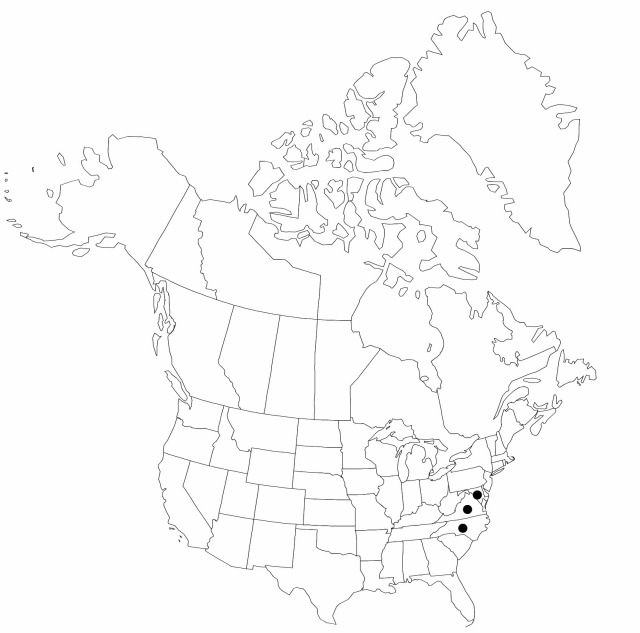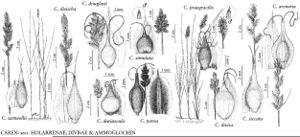Difference between revisions of "Carex divisa"
Fl. Angl., 348. 1762.
FNA>Volume Importer |
imported>Volume Importer |
||
| (5 intermediate revisions by 2 users not shown) | |||
| Line 6: | Line 6: | ||
|place=348. 1762 | |place=348. 1762 | ||
|year=1762 | |year=1762 | ||
| + | }} | ||
| + | |special_status={{Treatment/ID/Special_status | ||
| + | |code=I | ||
| + | |label=Introduced | ||
| + | }}{{Treatment/ID/Special_status | ||
| + | |code=F | ||
| + | |label=Illustrated | ||
}} | }} | ||
|basionyms= | |basionyms= | ||
| Line 23: | Line 30: | ||
|elevation=0–10 m | |elevation=0–10 m | ||
|distribution=Md.;N.C.;Va.;Eurasia;New Zealand. | |distribution=Md.;N.C.;Va.;Eurasia;New Zealand. | ||
| + | |introduced=true | ||
|discussion=<p><i>Carex divisa</i> was first recorded in North America in 1933 (S. F. Blake 1934); it was also introduced into New Zealand.</p> | |discussion=<p><i>Carex divisa</i> was first recorded in North America in 1933 (S. F. Blake 1934); it was also introduced into New Zealand.</p> | ||
|tables= | |tables= | ||
| Line 32: | Line 40: | ||
-->{{#Taxon: | -->{{#Taxon: | ||
name=Carex divisa | name=Carex divisa | ||
| − | |||
|authority=Hudson | |authority=Hudson | ||
|rank=species | |rank=species | ||
| Line 47: | Line 54: | ||
|publication title=Fl. Angl., | |publication title=Fl. Angl., | ||
|publication year=1762 | |publication year=1762 | ||
| − | |special status= | + | |special status=Introduced;Illustrated |
| − | |source xml=https:// | + | |source xml=https://bitbucket.org/aafc-mbb/fna-data-curation/src/2e0870ddd59836b60bcf96646a41e87ea5a5943a/coarse_grained_fna_xml/V23/V23_533.xml |
|genus=Carex | |genus=Carex | ||
|section=Carex sect. Divisae | |section=Carex sect. Divisae | ||
Latest revision as of 20:41, 5 November 2020
Rhizomes coarse, 1.9–3.5 mm thick, typically with long, unbranched segments from which shoots arise singly every few nodes. Culms sharply trigonous, (15–)25–65(–80) cm, scabrous-angled distally. Leaves: basal sheaths brown; sheaths with hyaline inner band, apex not prolonged, glabrous; ligules 0.5–1.5 mm; blades 1.1–3 mm wide. Inflorescences elongate, 1–3.5 cm; spikes 3–10(–15), androgynous, ovoid. Pistillate scales reddish brown, with narrow hyaline margins, ovate, acute to acuminate-awned, dull. Anthers 1.9–3.1 mm, apiculus bristly hairy (30X). Perigynia reddish brown, faintly to strongly veined on both sides, usually stipitate, broadly ovate, thickly plano-convex, 3–4.3 × 1.8–2.4 mm, shiny; beak 0.6–0.9 mm, 1/5–1/4 length of body, oblique to bidentulate. 2n = 58, 60.
Phenology: Fruiting May–Jun.
Habitat: Wet shores and marshy areas in freshwater habitats near the coast
Elevation: 0–10 m
Distribution

Introduced; Md., N.C., Va., Eurasia, New Zealand.
Discussion
Carex divisa was first recorded in North America in 1933 (S. F. Blake 1934); it was also introduced into New Zealand.
Selected References
None.
